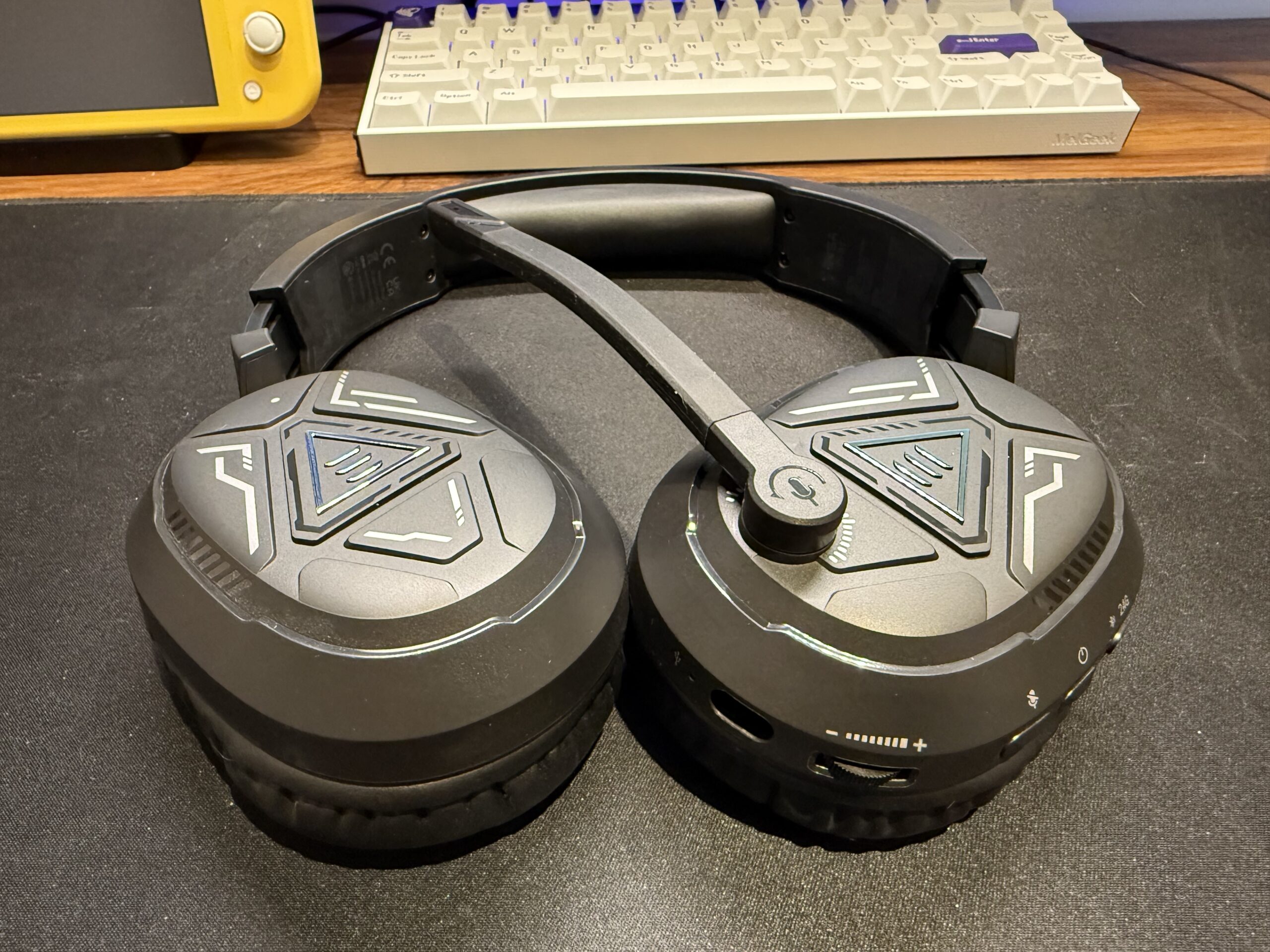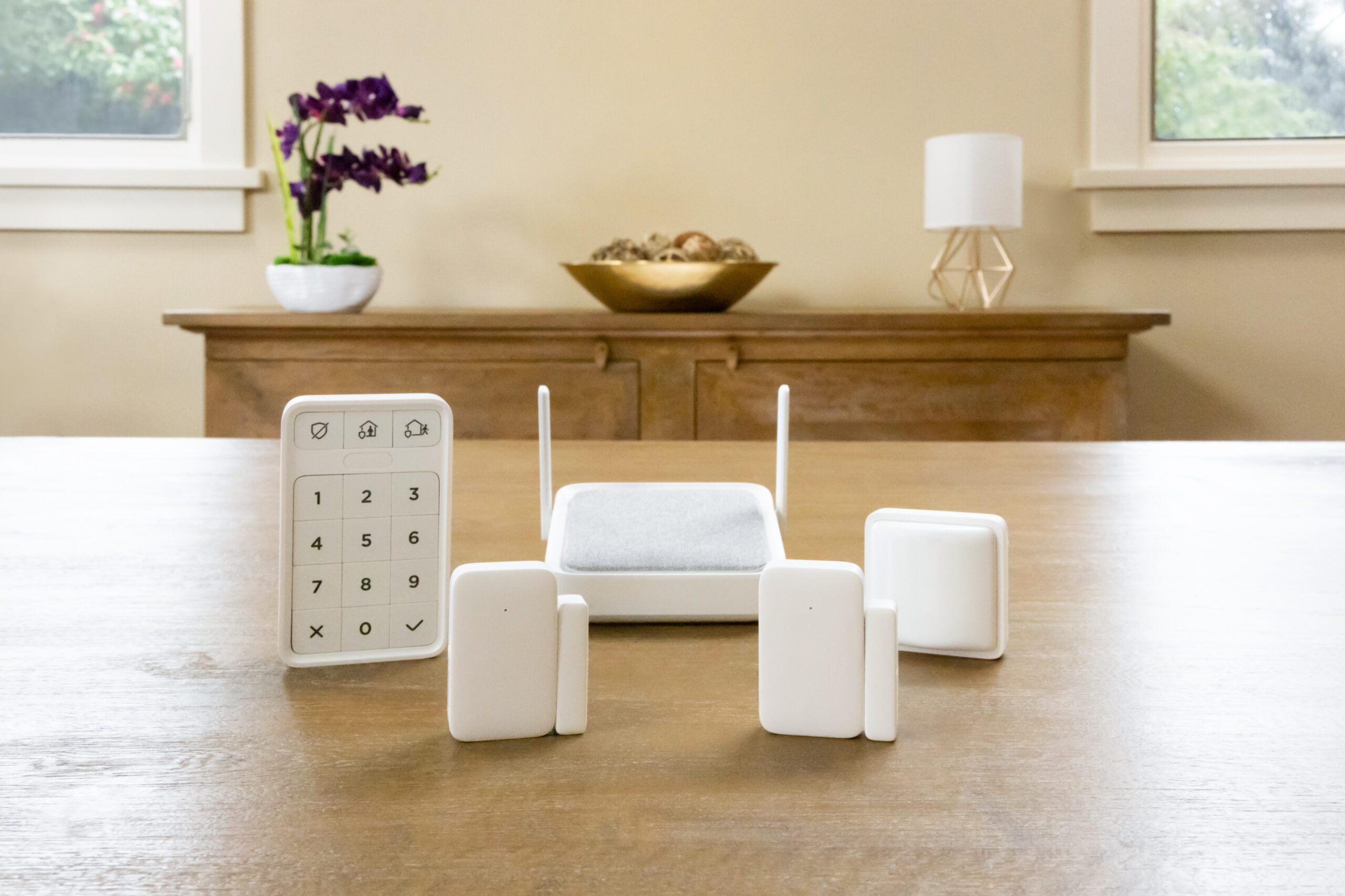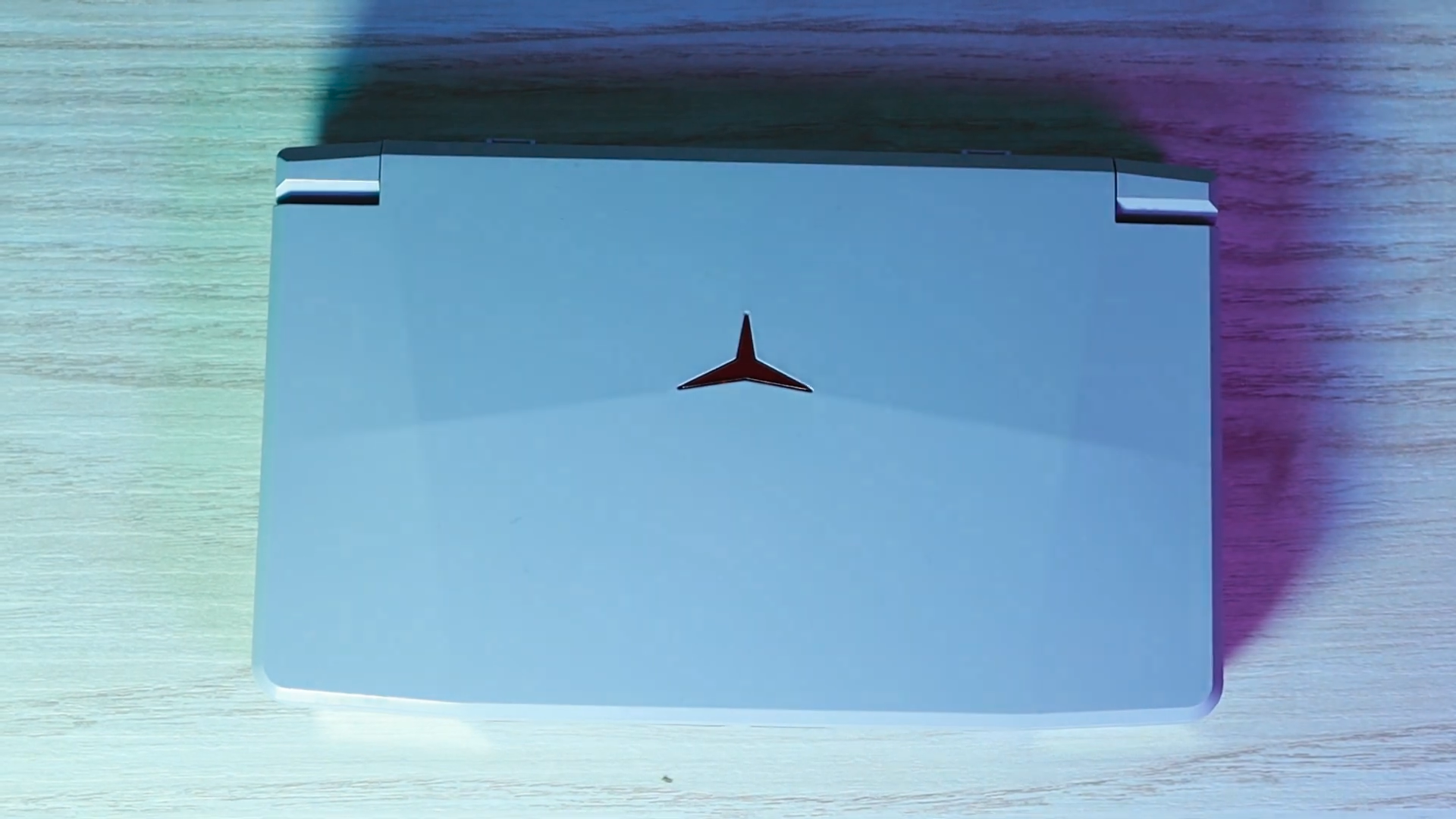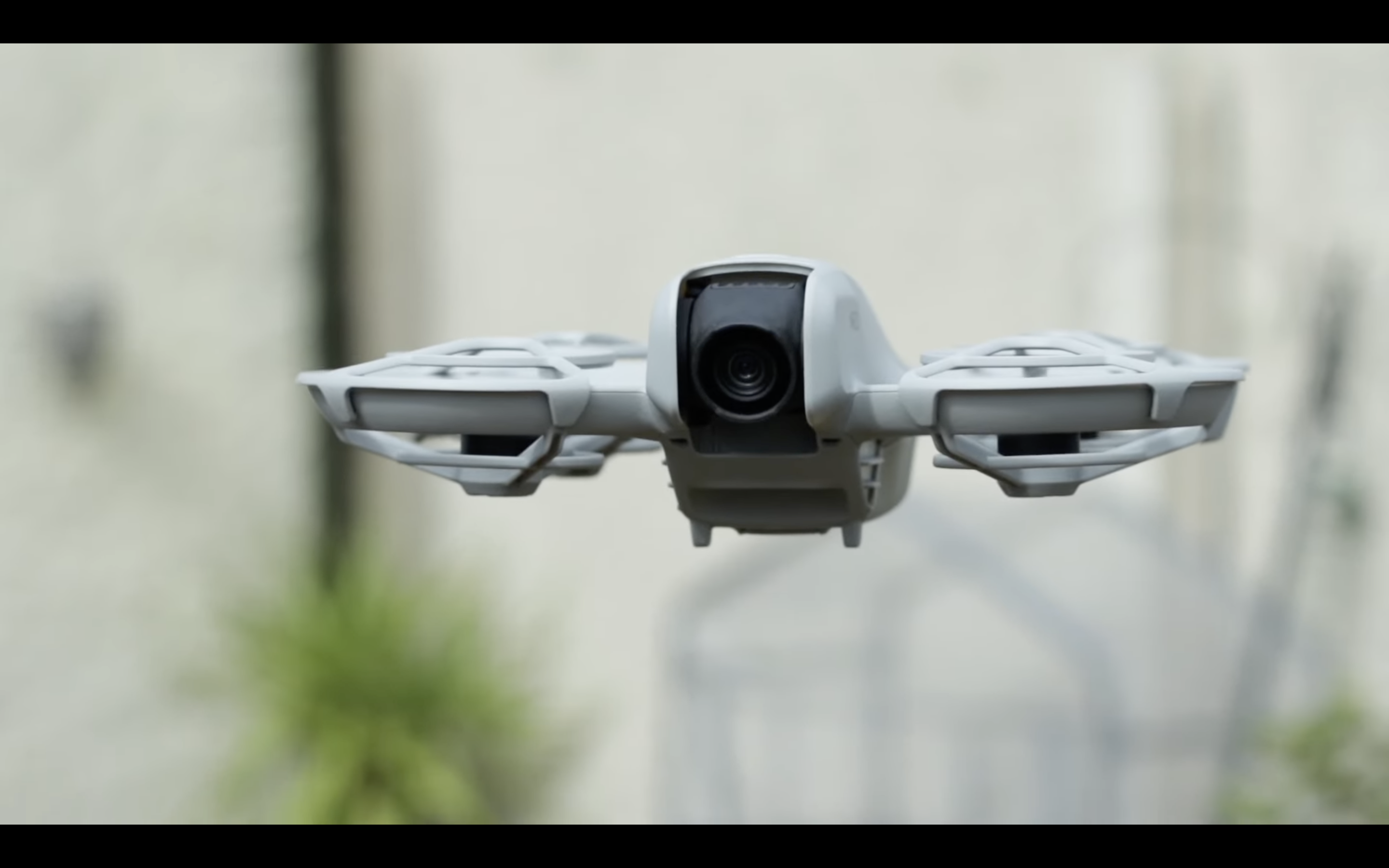
Redefining Accessible Aerial Adventures
The DJI Neo isn’t just the smallest, lightest, and most affordable drone in DJI’s current lineup; it’s a testament to how accessible and enjoyable drone videography and photography can be. Starting at just £169 for the drone itself and £299 for the Fly More bundle (which includes three batteries and an RC-3 controller), it’s an enticing proposition for anyone curious about drones for fun or content creation.
| Pros | Cons |
| Cheapest DJI Drone Lots of flight options Great for beginners Great Battery Life | Lacking camera quality No expandable storage Phone app controls are difficult to get used to. |
Mini in size but not by Name
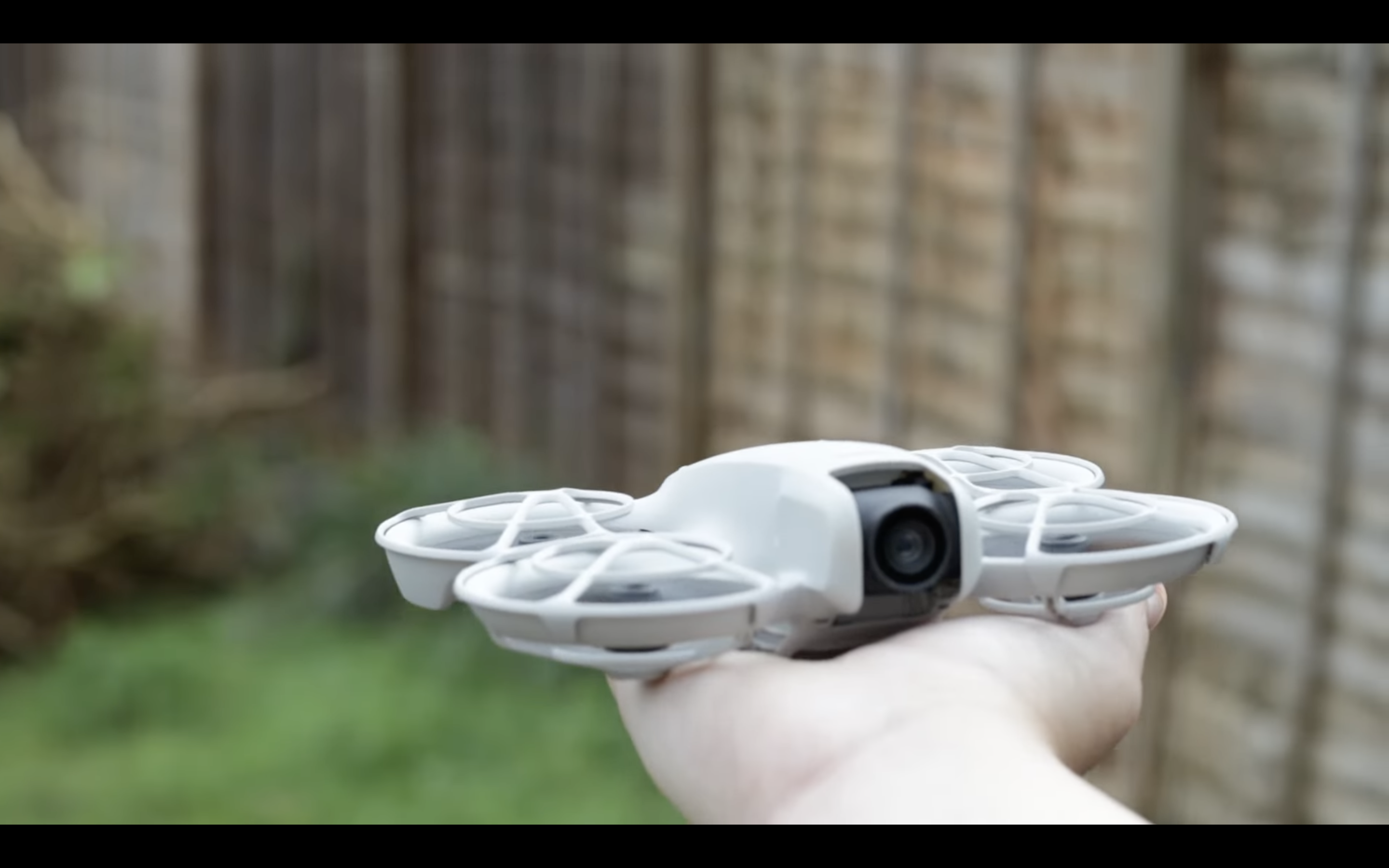
One of the biggest draws of the Neo is its compact size, coming in at half the size of its bigger brother the Avata 2 and weighing just 135g its perfectly pocketable and can be ready at a moments notice to capture those impromptue shots. The drones props are also safely tucked away behind the gaurds and its encased body making it a incredibly safe and also durable drone when being flown either indoors or out. The Neo’s inability to fold like its competitor the Hover X1 does make it a little more awkward to carry around but it wasn’t enormously noticeable or inconvenient.
Flight Modes: Versatility is Key
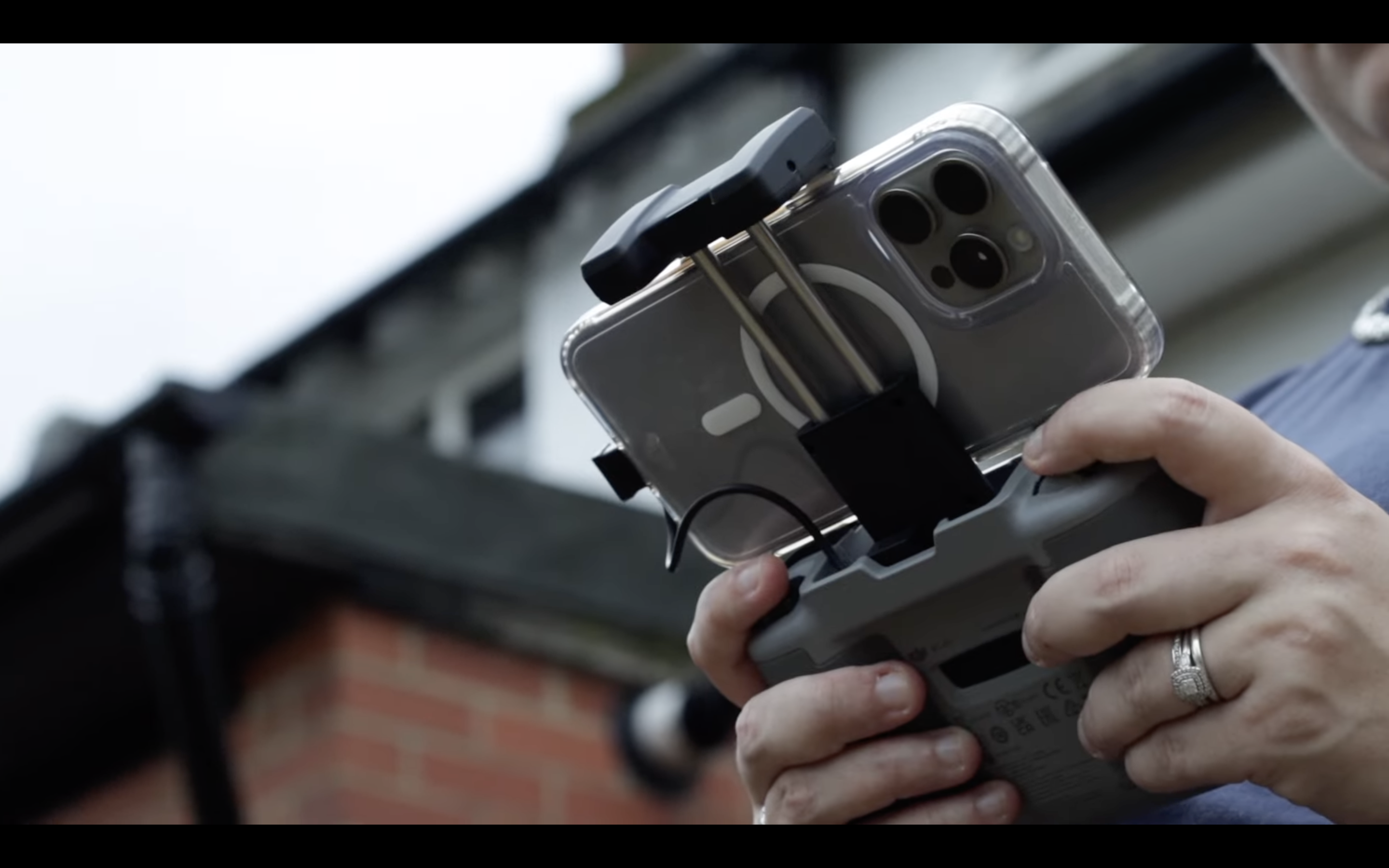
One of the Neo’s standout features is its versatility in flight modes. For beginners or those seeking a hassle-free experience, the fully autonomous mode is a game-changer. The drone utilizes advanced AI to take off from your palm, execute a series of impressive QuickShots, and then gracefully return to your hand for landing. It’s an incredibly intuitive way to capture stunning aerial footage without needing to master complex flight controls.
Switching the quickshot modes on the drone is akin to that of other seflie drones on the market such as the Hover X1, pressing the button on the top of the drone with cycles modes such as Dronie, Helix, Rocket and others. When ready holding down the button will send your nimble arial friend away to complete the shot.
In autonomous mode, the Neo can also seamlessly follow you, keeping you in the frame as you move. While it won’t break any speed records with its top speed of around 30kph, it’s more than sufficient for most content creation scenarios. The lack of obstacle avoidance sensors means it might get a little too close to trees or other objects in its pursuit of the perfect shot, but its small size, light weight, and durable construction minimize any concerns.
For those who prefer a more hands-on approach, connecting your phone to the drone via Wi-Fi offers a solid connection within a 30-meter range. This allows you to customize QuickShot parameters and even pilot the drone manually using on-screen thumbsticks. It’s a fun way to fly, though some might miss the tactile feedback of a dedicated controller like the RC-3. The ability to use your phone’s microphone for audio recording while flying adds another layer of convenience especially for content creators, turning the Neo into a capable remote camera operator. Just be mindful of the 15-minute flight time per battery and bring spares for longer shoots.
For a more traditional drone flying experience, the RC-3 and other compatible DJI remotes with Ocusync 4 support offer familiar controls akin to the Mini or Mavic series. There’s no denying the Neo’s capabilities, boasting level 4 wind resistance comparable to the Mini 4.
Camera: A Minor Shortcoming
The half-inch camera sensor is perhaps the Neo’s only real notable weakness. While it claims to shoot 4K 30fps video, the footage quality feels closer to 720p that’s been upscaled and over-sharpened. It’s sufficient for social media clips and casual family videos, but don’t expect the cinematic quality found in DJI’s higher-end drones.
Alongside the camera the Neo only has 22gb of internal storage with no space for an SD Card, this gives you just about enough room for 50 mins of 4K footage before having to connect to the drone via wifi or its USB C cable to pull off the footage. Its a shame to see no expandable storage here but it does at least mean you wont have the embarrassment of taking your drone out without the supporting SD Card!
FPV Flight: Unleash the Fun
For an additional £600, pairing the Neo with the Goggles 3 and FPV Controller or Motion Controller unlocks a whole new level of excitement. It transforms into a nimble FPV drone reminiscent of the Avata series. Its small size and light weight make it incredibly agile both indoors and outdoors, delivering an exhilarating FPV experience. However, it’s worth noting that for just £100 more, you could opt for the Avata 2 and enjoy a significantly enhanced FPV adventure. At least the option is there and for those who may already own the hardware the Neo is almost a no brainer for its stupidly low price.
Conclusion: A Versatile and Fun-Filled Flying Companion
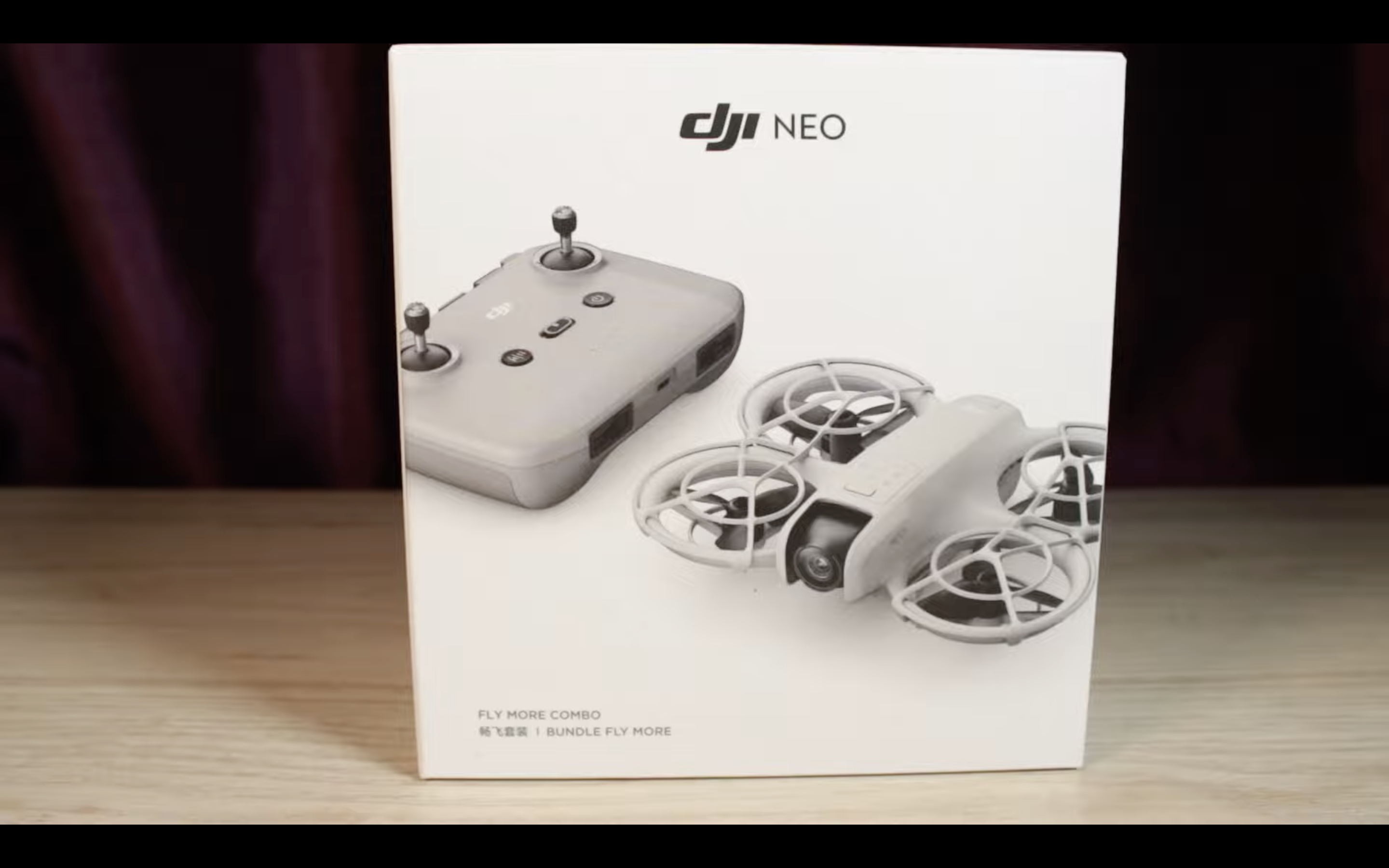
In conclusion, the DJI Neo stands out as a remarkable drone due to its versatility in control options, user-friendly operation, and sheer fun factor. It’s an ideal choice for beginners and experienced pilots alike, offering a range of flight modes to suit different preferences. The only real downside is the camera’s somewhat underwhelming performance, which falls short of the cinematic quality DJI is renowned for. If you can overlook this limitation, the Neo is a fantastic all-around drone that’s sure to provide hours of enjoyment no matter who you are.


